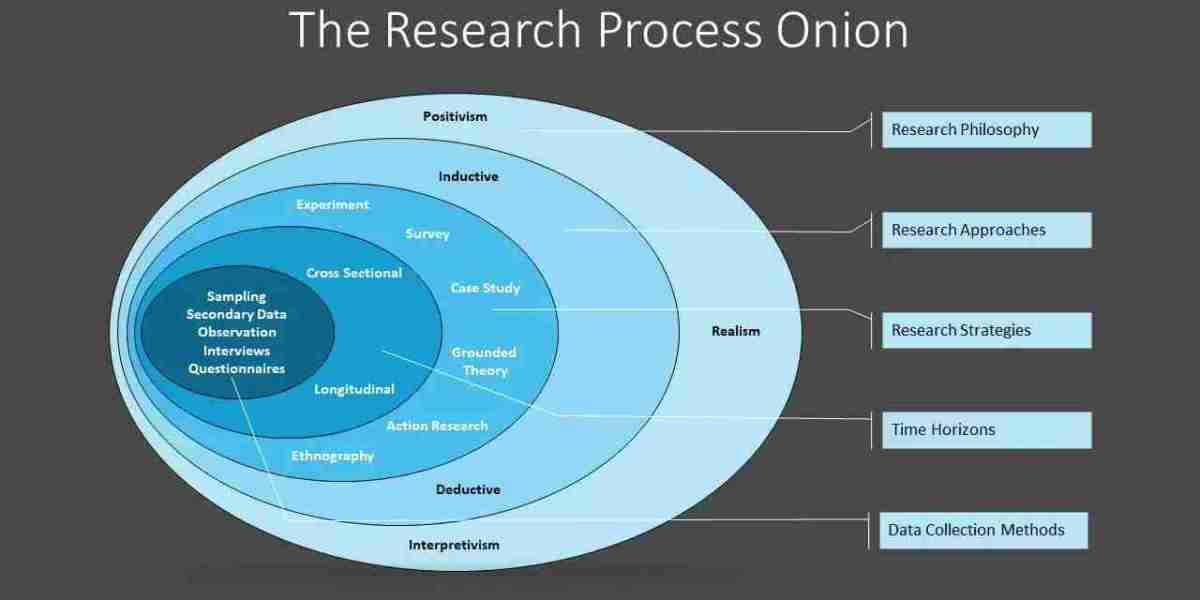The Saunders research onion layers provide a structured framework for designing a robust research methodology, guiding researchers through the complex process of crafting a study. Developed by Mark Saunders, Philip Lewis, and Adrian Thornhill, the research onion is a metaphorical model that illustrates the stages of research design, from philosophical foundations to data collection techniques. Each layer of the onion represents a critical decision point, ensuring a systematic approach to methodology development. This article peels back the Saunders research onion layers, offering a detailed exploration of each component, its significance, and practical applications, making it an essential guide for students, academics, and researchers.
Understanding the Research Onion Framework
The research onion, introduced in Saunders et al.’s Research Methods for Business Students (2007), is a widely adopted tool in social sciences, particularly for business and management studies. It visualizes research methodology as a series of concentric layers, starting with broad philosophical assumptions and narrowing down to specific data collection and analysis techniques. The framework’s strength lies in its adaptability, applicable to various research contexts, from dissertations to professional studies. By addressing each layer systematically, researchers can ensure their methodology is coherent, justified, and aligned with their research objectives.
Why Use the Research Onion?
The research onion encourages a step-by-step approach, preventing arbitrary methodological choices that could undermine a study’s credibility. It helps researchers articulate their philosophical stance, select appropriate methods, and align their strategies with research goals. This structured process is particularly valuable for novice researchers, such as postgraduate students, who may find the research process daunting without a clear roadmap.
The Six Layers of the Research Onion
The Saunders research onion consists of six layers: research philosophy, research approach, research strategy, methodological choice, time horizon, and techniques and procedures. Each layer builds on the previous one, creating a cohesive methodology. Below, we explore each layer in detail.
Layer 1: Research Philosophy
The outermost layer, research philosophy, establishes the foundational beliefs about the nature of knowledge and reality that underpin the study. It encompasses ontology (the nature of reality), epistemology (the nature of knowledge), and axiology (the role of values in research). Common philosophies include:
Positivism
Positivism assumes an objective reality that can be measured and tested through empirical data. It is often associated with quantitative research and is suited for studies aiming to test hypotheses or identify causal relationships. For example, a study examining the impact of employee training on productivity might adopt a positivist stance.
Interpretivism
Interpretivism views reality as subjective, shaped by human experiences and social contexts. It is ideal for qualitative research, such as exploring employee perceptions of workplace culture through interviews. This philosophy emphasizes understanding over prediction.
Pragmatism
Pragmatism combines elements of positivism and interpretivism, focusing on practical solutions to research problems. It supports mixed-methods research, allowing flexibility in methodology based on the research question. For instance, a study on consumer behavior might use surveys (quantitative) and focus groups (qualitative) to gain comprehensive insights.
Layer 2: Research Approach
The second layer involves choosing between deductive, inductive, or abductive approaches, which dictate how theory informs the research.
Deductive Approach
A deductive approach starts with a general theory or hypothesis and tests it through specific observations. It aligns with positivism and is common in quantitative studies. For example, testing whether customer satisfaction impacts brand loyalty would involve formulating hypotheses based on existing theories.
Inductive Approach
Inductive research begins with observations and builds theories from the data. It is often used in qualitative studies, such as developing a theory of organizational trust based on employee interviews.
Abductive Approach
Abductive reasoning combines deduction and induction, starting with observations and refining theories iteratively. It is useful in exploratory research where patterns are identified, and hypotheses are tested simultaneously.
Layer 3: Research Strategy
The research strategy layer defines how the researcher will collect and analyze data. Common strategies include:
Experimental Research
This strategy tests hypotheses under controlled conditions, often in scientific studies. For example, a researcher might test the effect of a new marketing campaign on sales in a controlled setting.
Case Study Research
Case studies focus on in-depth analysis of a specific context, such as a single organization or event. They are ideal for exploring complex phenomena, like the impact of leadership styles in a specific company.
Survey Research
Surveys collect data from a large sample to identify trends or patterns. They are often used in quantitative research, such as assessing customer satisfaction across an industry.
Layer 4: Methodological Choice
This layer involves choosing between quantitative, qualitative, or mixed-methods approaches.
Quantitative Methods
Quantitative research focuses on numerical data and statistical analysis, suitable for testing hypotheses or measuring variables. For example, a study on market trends might use statistical tools to analyze sales data.
Qualitative Methods
Qualitative research explores non-numerical data, such as opinions or experiences, through methods like interviews or focus groups. It is ideal for understanding complex social phenomena.
Mixed Methods
Mixed-methods research combines quantitative and qualitative approaches to provide a comprehensive view. For instance, a study on educational outcomes might use surveys for statistical data and interviews for deeper insights.
Layer 5: Time Horizon
The time horizon determines whether the research is cross-sectional or longitudinal.
Cross-Sectional Studies
Cross-sectional studies collect data at a single point in time, suitable for snapshot analyses, such as assessing consumer preferences during a specific marketing campaign.
Longitudinal Studies
Longitudinal studies collect data over an extended period, ideal for observing changes, such as tracking employee performance before and after a training program.
Layer 6: Techniques and Procedures
The innermost layer focuses on data collection and analysis methods. Common techniques include:
Data Collection
Surveys and Questionnaires: Used to gather large-scale data efficiently.
Interviews: Provide in-depth qualitative insights.
Observations: Involve recording behaviors in natural settings.
Data Analysis
Statistical Analysis: For quantitative data, using tools like SPSS or Excel.
Thematic Analysis: For qualitative data, identifying patterns or themes in interviews or texts.
Content Analysis: Analyzing textual or visual data for specific content.
This layer ensures that the chosen methods align with the research objectives and philosophical stance.
Applying the Research Onion in Practice
To illustrate, consider a study on the effectiveness of remote work policies. The researcher might adopt a pragmatist philosophy (Layer 1), use a mixed-methods approach (Layer 4), and combine deductive and inductive reasoning (Layer 2). A case study strategy (Layer 3) could focus on a specific organization, with data collected via surveys and interviews (Layer 6) over a longitudinal period (Layer 5). This structured approach ensures all methodological choices are justified and cohesive.
FAQs About Saunders’ Research Onion
What is the purpose of the Saunders research onion?
The research onion provides a systematic framework for designing a research methodology, ensuring all aspects—from philosophy to data collection—are considered and aligned.
How does the research onion differ from other methodological frameworks?
Unlike linear models, the research onion emphasizes a layered, interconnected approach, making it adaptable to various research contexts and disciplines.
Can the research onion be used for qualitative research?
Yes, the research onion supports qualitative, quantitative, and mixed-methods research, allowing flexibility in methodological choices.
What is the most challenging layer of the research onion?
The research philosophy layer is often the most challenging, as it requires understanding complex concepts like ontology and epistemology, which can be abstract for novice researchers.
How do I choose the right research philosophy?
The choice depends on the research question and objectives. Positivism suits objective, measurable studies, while interpretivism is ideal for subjective, exploratory research. Pragmatism offers flexibility for mixed-methods studies.
Conclusion
The Saunders research onion is a powerful tool for designing robust research methodologies. By systematically addressing each layer—philosophy, approach, strategy, methodological choice, time horizon, and techniques—researchers can create coherent, credible studies. Whether you’re a student tackling a dissertation or a professional conducting applied research, the research onion provides a clear, adaptable framework to guide your journey. By peeling back its layers, you can ensure your research is methodologically sound and impactful.


